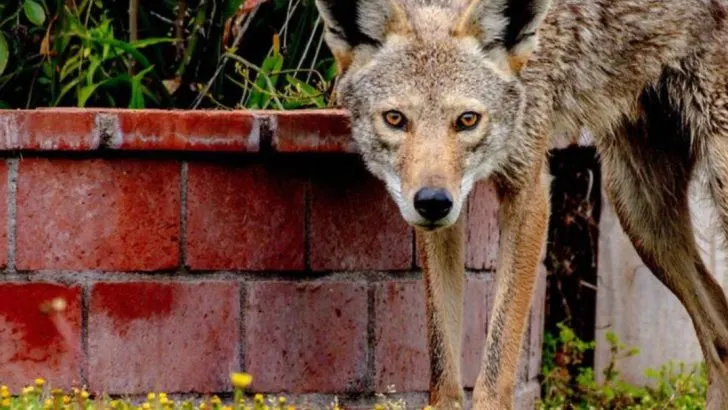Keeping coyotes out of your backyard is essential for the safety of your pets, children, and your property. Coyotes are opportunistic animals, and if not managed properly, they can become a serious problem. By taking a few proactive measures, you can deter them from entering your space and avoid potential conflicts.
In this article, we share 16 ways to keep coyotes out of your backyard before they become a problem. From securing trash bins to installing fences and motion-activated lights, these practical tips will help keep your yard safe and coyote-free. If you’re looking for effective solutions to prevent coyote encounters, these strategies will give you peace of mind.
Secure Trash Bins
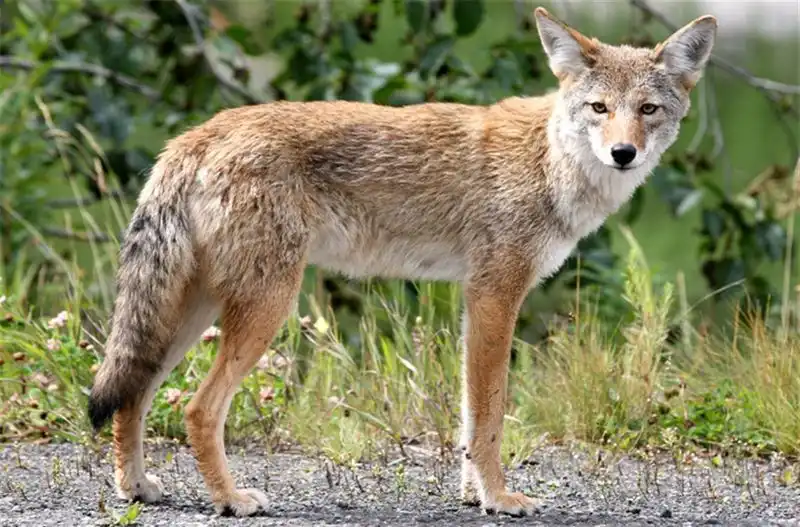
Coyotes are opportunistic feeders, and trash bins can be a goldmine for them. To prevent them from rummaging through your garbage, invest in sturdy bins with secure lids. Place them in an enclosed area or use locks. Regularly clean the bins to eliminate odors that attract these animals. Double-bagging waste can add an extra layer of protection. Maintaining a routine of proper waste disposal not only helps in coyote prevention but also deters other wildlife. A clean and secure trash system is a simple yet effective step to avoid unwanted coyote visits.
Install Motion-Activated Lights
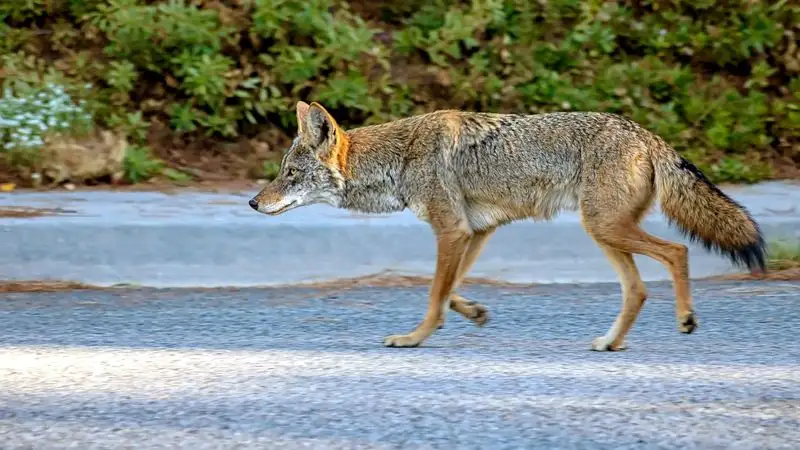
Coyotes prefer to operate under the cover of darkness. Installing motion-activated lights can startle and discourage them from entering your property. These lights should be strategically placed around entry points and potential hiding spots. When a coyote triggers the light, the sudden illumination often scares them away. Choose energy-efficient options for long-term use, as they can save on electricity bills. This method is not only effective but also environmentally friendly. A well-lit backyard is less appealing to nocturnal visitors, keeping your space safe and secure.
Fence Your Yard

A high-quality fence is one of the most effective barriers against coyotes. Opt for a fence at least six feet tall, with no gaps or holes that these nimble animals can squeeze through. Adding a roll bar or outward-facing wire at the top can further prevent climbing. Consider burying the bottom of the fence about a foot deep to stop them from digging underneath. Regularly inspect and maintain your fence to ensure its integrity. This physical barrier not only keeps coyotes out but also provides privacy and security for your home.
Remove Attractants
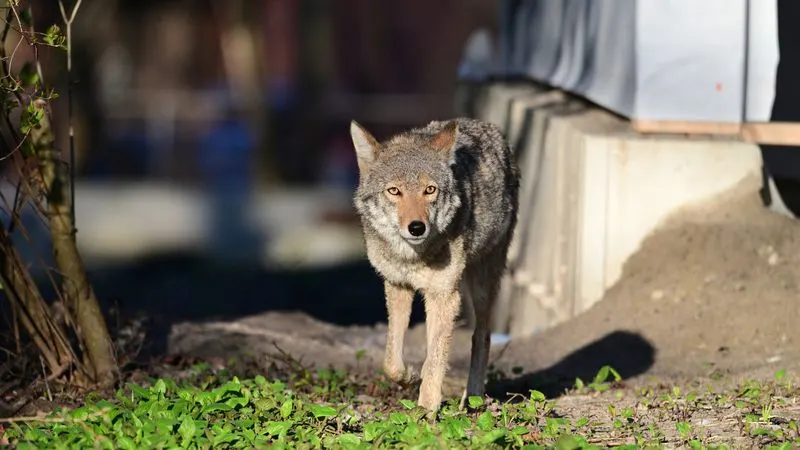
Coyotes are drawn to easy food sources, making it crucial to eliminate attractants from your yard. Remove fallen fruits, keep pet food indoors, and clean up any food scraps promptly. Bird feeders should be placed away from the house and cleaned regularly, as the spilled seeds attract rodents, which in turn, attract coyotes. Consider composting responsibly, ensuring compost bins are sealed tight. By minimizing food sources, you effectively reduce the chances of a coyote venturing onto your property. This practice is a cornerstone of responsible wildlife management.
Use Coyote Repellents
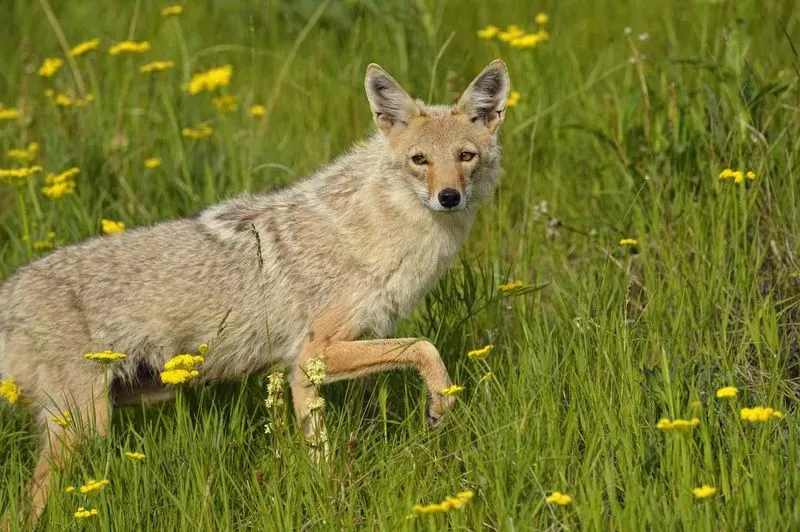
Repellents can be a powerful deterrent when used correctly. Commercial sprays are available, but natural options like strong-smelling plants can also be effective. Many gardeners opt for plants such as lavender, rosemary, or marigolds, which coyotes find unappealing. Applying these repellents along the perimeter of your property can create a scent barrier. Remember to reapply after rain or heavy dew to maintain their effectiveness. Experimenting with different methods may yield the best results. Employing repellents is a proactive way to safeguard your home from these curious creatures.
Supervise Pets

Domestic pets can be enticing targets for coyotes. Always supervise pets when they are outside, especially during dawn and dusk when coyotes are most active. Small dogs and cats should never be left unattended. If possible, accompany them during outdoor time or keep them on a leash. Consider creating a secure pet run where they can play safely. Installing coyote rollers on fences can prevent these animals from entering pet areas. Vigilance is key in ensuring the safety of your beloved pets against potential coyote threats.
Install an Electric Fence
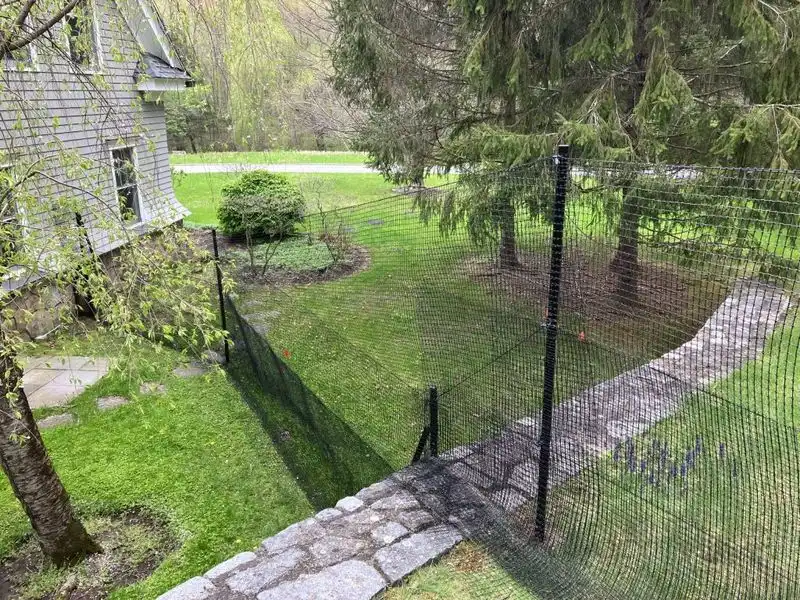
For those seeking an added layer of security, electric fences offer an effective solution. These fences deliver a mild shock that deters coyotes without causing harm. When installing, ensure the fence is at the appropriate height and clearly marked. Regular maintenance checks are essential to keep it functional. Combining an electric fence with other deterrents can maximize protection. While the installation cost might be higher, the peace of mind it provides is invaluable. An electric fence serves as a formidable barrier to unwanted wildlife intrusions.
Eliminate Hiding Spots
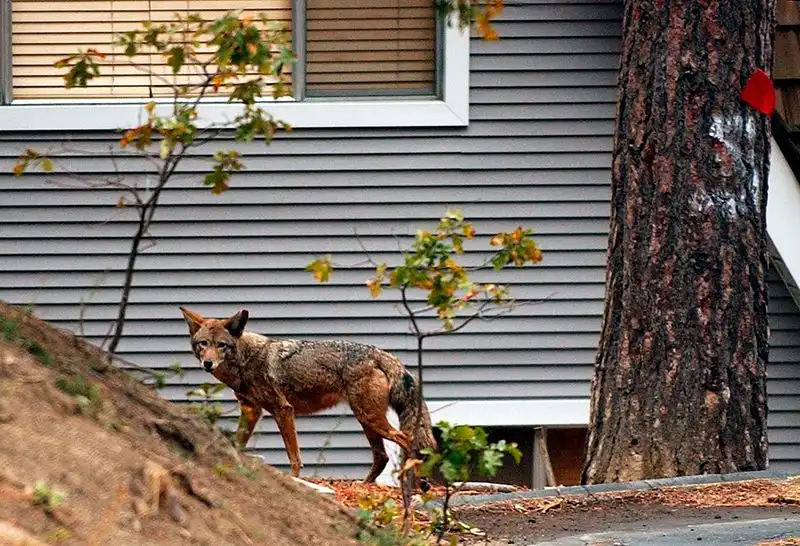
Coyotes are cunning and often use cover to approach unnoticed. Removing potential hiding spots can make your yard less appealing. Trim bushes, clear debris, and maintain a tidy space. Avoid stacking woodpiles or leaving large items that provide shelter. Open spaces make coyotes feel exposed, reducing their interest in staying. Regular yard maintenance acts as both a deterrent and a way to enhance the aesthetics of your space. A clear and unobstructed backyard is less inviting to these elusive animals. Simple landscaping adjustments can make a significant difference.
Use Coyote-Proof Bird Feeders
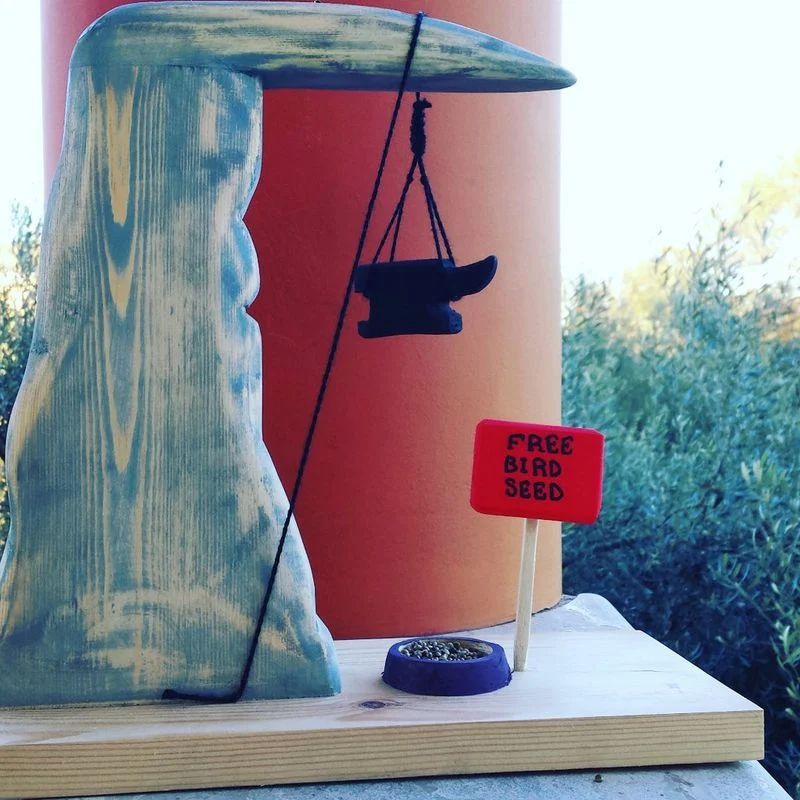
Bird feeders can inadvertently attract coyotes by drawing in rodents and other small prey. Opt for designs that are elevated and coyote-proof. Place feeders away from trees or structures that can provide access. Regularly clean the area beneath to remove fallen seeds. Metal feeders are more durable and less likely to be damaged. Maintaining these feeders ensures that birds can enjoy the space without inviting unwanted guests. Thoughtful placement and design of bird feeders play a crucial role in maintaining a coyote-free environment.
Keep Chickens Enclosed

Chickens can be an irresistible temptation for coyotes. Ensuring they have a secure, enclosed coop is vital for their protection. Use strong wire mesh and close any gaps. A roofed enclosure prevents airborne attacks from other predators. Lock the coop at night and consider adding motion sensors around it. Regular inspections help maintain its security. By safeguarding chickens, you not only protect them but also prevent coyotes from seeing your yard as a viable hunting ground. A well-secured coop is essential for peace of mind and the safety of your flock.
Avoid Feeding Wildlife
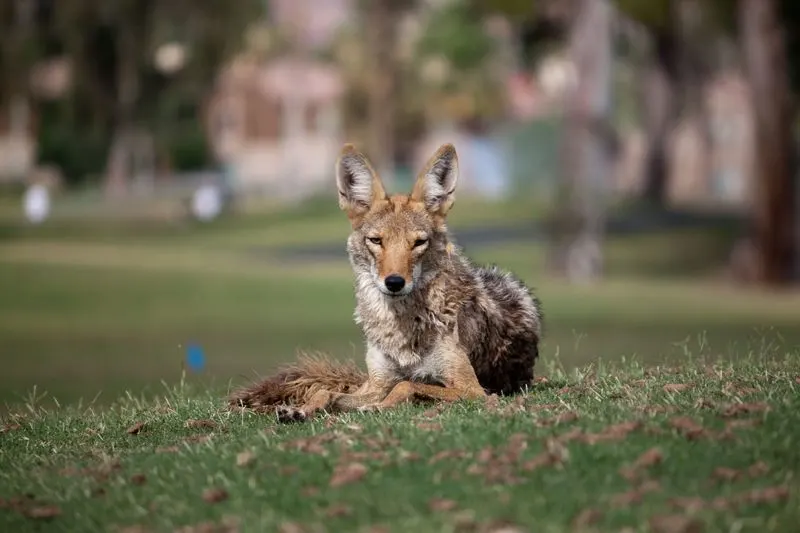
Feeding wildlife might be tempting, but it can lead to unintended consequences. Coyotes, being adaptable, quickly learn where to find food. Avoid providing food or leaving it out, as this encourages them to return. Educating family and neighbors about the risks can help maintain a consistent approach. Installing signs as reminders can be beneficial. By not feeding wildlife, you significantly reduce the likelihood of coyotes becoming a problem. Taking this stance supports a balanced ecosystem and keeps your backyard free from these clever creatures.
Install Coyote Rollers
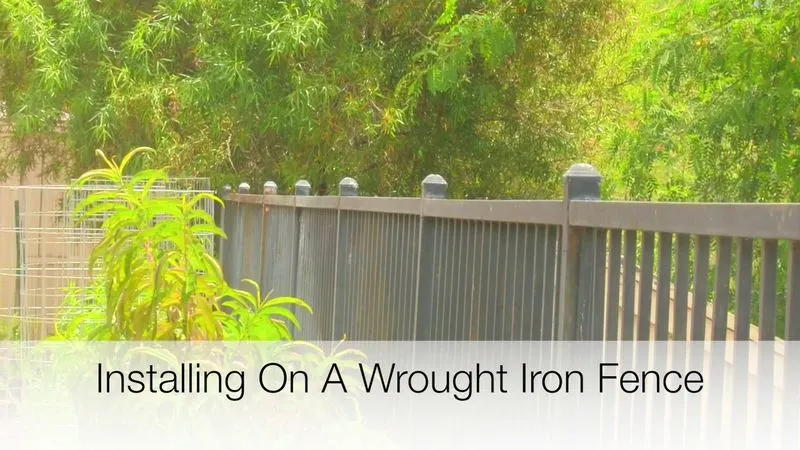
Coyote rollers are an innovative addition to your fence, designed to prevent these animals from climbing over. These rotating bars are installed on top of fences, making it difficult for coyotes to gain a foothold. They are humane and require minimal maintenance. Available in various sizes, they can be customized to fit different fence types. Installing rollers provides an effective deterrent without altering the aesthetic of your yard. This simple yet ingenious solution is a testament to how technology can aid in wildlife prevention.
Utilize Noise Makers
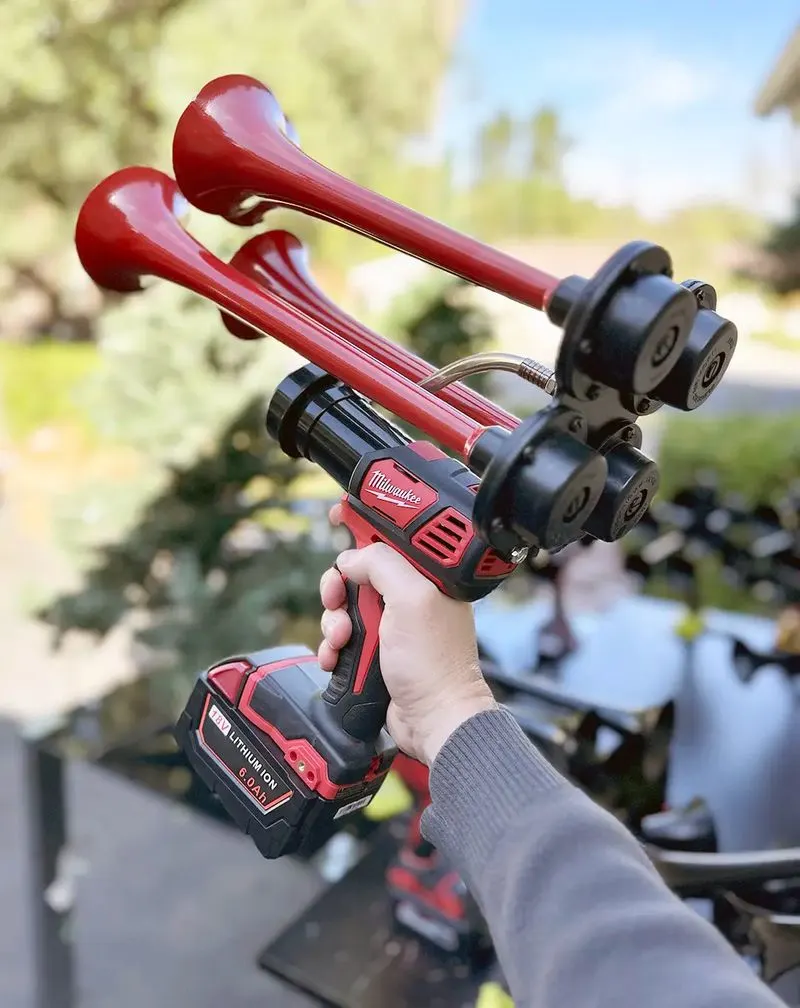
Noise can be a powerful tool against coyotes. Using noise makers like whistles, air horns, or even banging pots can scare them off. These sounds create an uncomfortable environment for coyotes, deterring them from lingering. Keep these tools accessible when spending time outside. Educating others about using noise as a deterrent can amplify its effectiveness. Consistent use can train coyotes to associate your yard with unpleasant experiences. Noise makers are a straightforward yet effective strategy to keep these cunning creatures at bay.
Create a Coyote-Proof Garden
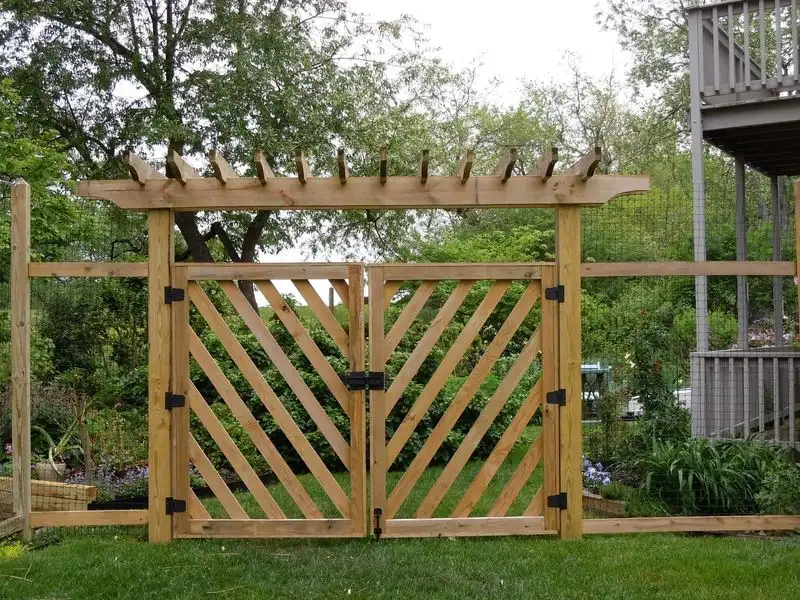
Designing your garden with coyote deterrence in mind can add an extra layer of protection. Incorporate barriers and plant species that coyotes find unappealing. Raised beds and thorny bushes can act as physical deterrents. Ensuring there are no entry points or easy access routes is key. This approach not only protects your plants but also reduces the chances of wildlife intrusion. By thoughtfully planning and maintaining your garden, you contribute to a safer and more peaceful environment. A coyote-proof garden is both functional and aesthetically pleasing.
Educate Your Community
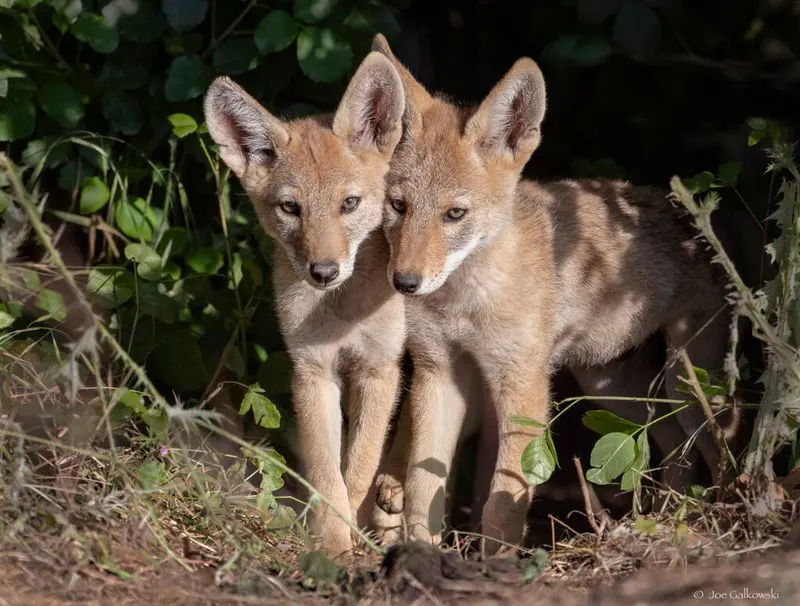
Community efforts can greatly enhance individual actions. Share knowledge and strategies with neighbors to collectively address coyote issues. Organize meetings or distribute information on prevention techniques. Collaborative efforts can lead to community-wide initiatives like neighborhood watches or shared resources. Educating children about wildlife safety is also essential. A well-informed community is better equipped to handle wildlife challenges, fostering a safer environment for everyone. By working together, you amplify the effectiveness of your coyote prevention measures. Community education is a cornerstone of sustainable wildlife management.
Hire Professional Wildlife Control
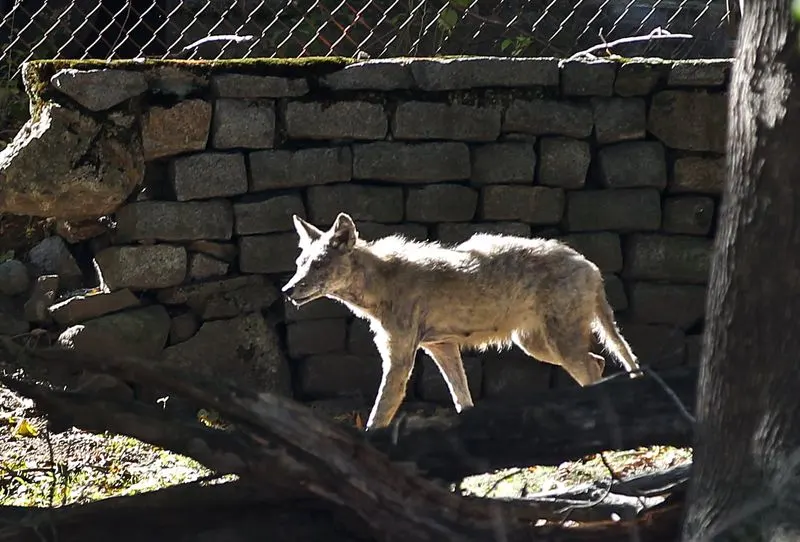
Sometimes, professional intervention is necessary to address persistent coyote issues. Wildlife control experts have the skills and tools to assess and mitigate risks effectively. They can offer tailored solutions based on the specific challenges of your property. Hiring a professional can provide peace of mind, knowing that your safety is in capable hands. They can also educate you on best practices for long-term prevention. While this might be a more costly option, the expertise and assurance it provides can be invaluable. Professional control measures are a vital resource in wildlife management.

